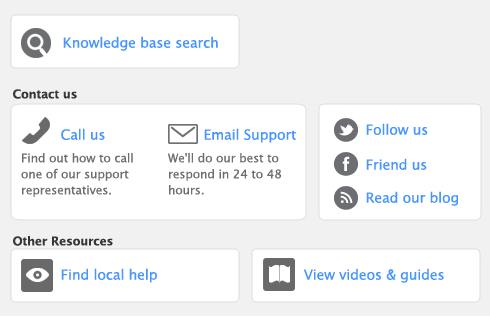If you deal in multiple currencies, it’s important to track the effects of currency exchange fluctuations on your business. Your software provides detailed reports to help you manage both unrealized gains and losses (potential changes in the value of overseas transactions) and realized gains and losses (the actual changes in the value of your assets, liabilities and equity that occur when you exchange foreign currency for U.S. dollars).
The multiple-currency feature is optional. If all your business is conducted with customers and vendors in the United States, there’s no need for you to use this feature. If you do want to use the multi-currency feature, you need to set a preference.
You will also have to perform a number of setup tasks described in this section. For example, you need to set up special accounts to track the transactions you make in each currency. If, for instance, you plan to make sales to customers in the United Kingdom, you will need to create a separate Accounts Receivable account for your sales in pounds.
Every foreign-currency account you create requires a companion account, known as an exchange account, to track changes in the value of the transactions assigned to the account. Only balance sheet accounts—asset, liability, and equity accounts—can be assigned a foreign currency. All other types of accounts are tracked using U.S. dollars.
Your local currency, the U.S. dollar, is automatically set up for you. As this currency is used to determine the value of all other currencies, it cannot be deleted and its exchange value is fixed at 1.
Before you begin entering transactions, you need to specify the appropriate currency for all your overseas customers and vendors. To ensure accurate records, and speed up entering of transactions, only one currency can be selected for each customer or vendor card. An additional customer or vendor card must be created for each foreign currency used.


